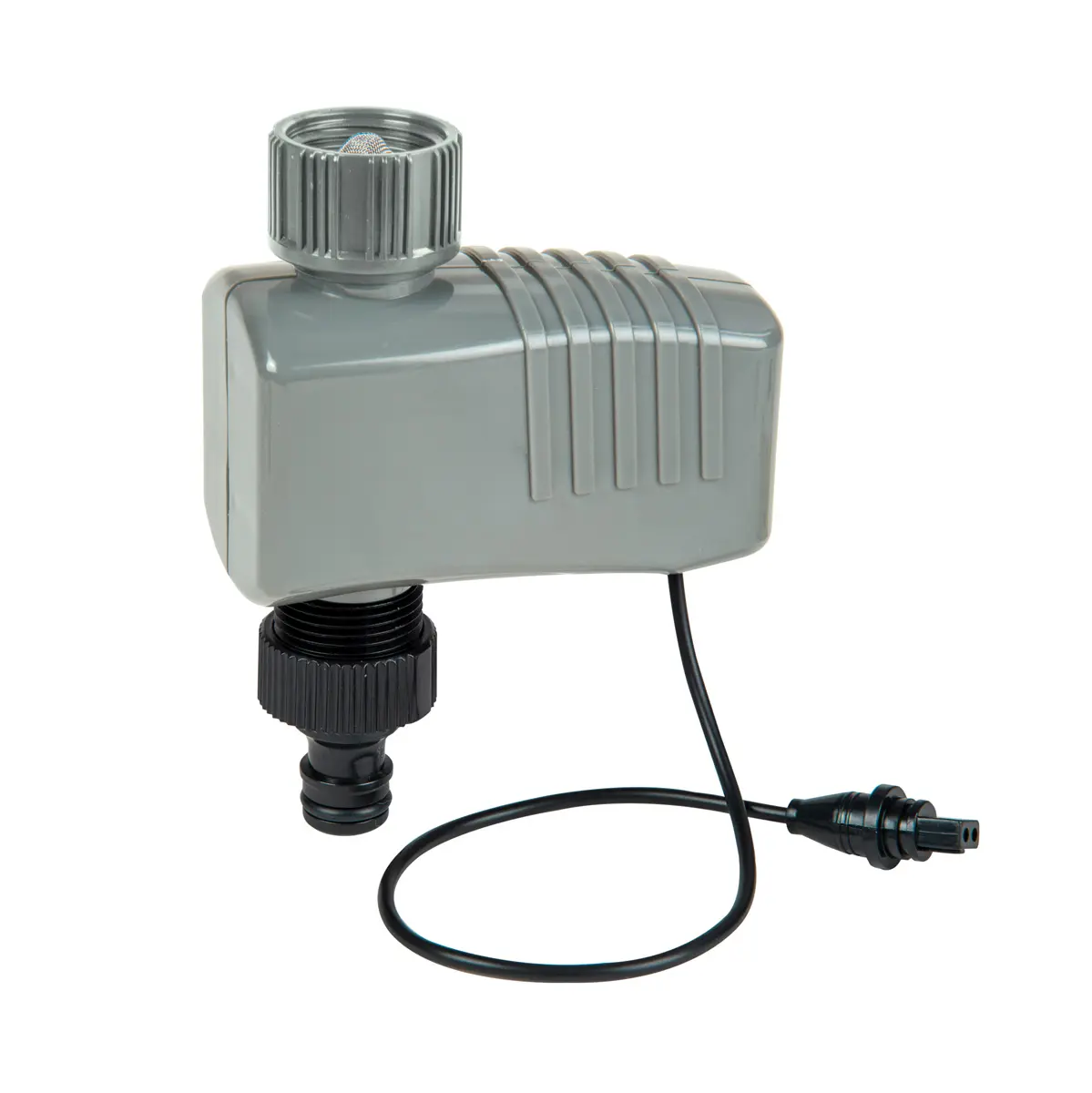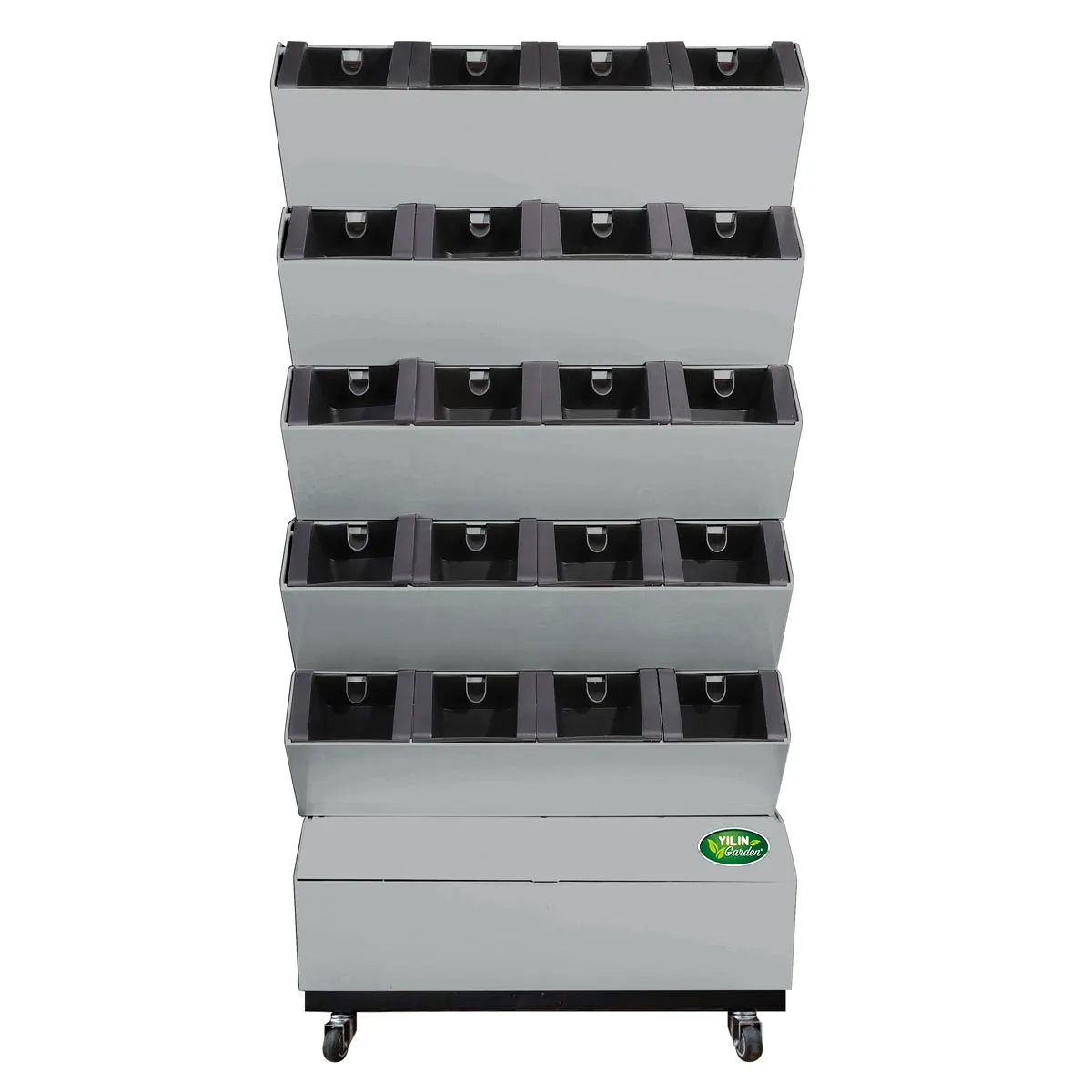Urban Gardening Transformed by Intelligent Design
As green architecture continues to evolve, more designers, landscapers, and homeowners are turning to vertical installations as an efficient way to cultivate plant life in constrained spaces. Whether used on residential balconies, commercial buildings, or public structures, vertical gardens are a practical and beautiful way to introduce greenery into dense urban environments. For these installations to thrive, however, they must be supported by thoughtfully engineered vertical gardens systems that ensure effective water distribution and plant care.
Vertical gardens systems are not only about aesthetics—they also play a functional role in sustainability and climate resilience. When paired with customizable irrigation solutions, these systems can deliver targeted hydration that conserves water, supports plant health, and minimizes human labor. The combination of design flexibility and performance efficiency makes vertical gardens systems a vital component in modern landscaping strategies.
Optimizing Water Usage for Every Vertical Garden
Controlled Irrigation Minimizes Waste
Water waste is a growing concern in both residential and commercial landscaping, especially when dealing with complex installations like vertical gardens. Traditional watering techniques often result in overwatering at the bottom and under-watering at the top. Vertical gardens systems eliminate this inefficiency by using precise irrigation zones that distribute water evenly across every plant level.
By integrating drip lines, micro-sprayers, or smart emitters into the vertical structure, these systems can regulate water flow based on soil moisture, plant type, and placement. The result is a system that saves water, reduces runoff, and supports long-term sustainability goals without compromising plant health or appearance.
Automated Timers Support Sustainable Schedules
Customizable timers are a core component of efficient vertical gardens systems. These allow gardeners and maintenance teams to schedule irrigation based on plant needs, seasonal patterns, and local climate conditions. Morning and evening watering cycles, for instance, help reduce water evaporation and improve absorption.
In advanced systems, timers are combined with weather sensors and soil monitoring tools, enabling dynamic control over watering frequency. Whether managing a small herb wall or a multi-story vertical green facade, these tools ensure water is used only when needed, dramatically improving irrigation efficiency.
Promoting Healthier Growth Across All Plant Levels
Consistent Moisture Enhances Plant Vitality
Plants growing in vertical environments face unique challenges. Those at higher elevations may dry out faster due to sun exposure and wind, while those at the base might retain excess moisture. Vertical gardens systems address this imbalance by providing each section with tailored irrigation, ensuring consistent hydration for all levels.
When plants receive uniform and appropriate moisture, their roots develop more evenly, and nutrient uptake improves. Healthier roots lead to stronger, more resilient plants, which can better withstand pests, diseases, and temperature fluctuations. Over time, this translates into fuller growth, richer foliage, and more vibrant blossoms across the entire garden.
Reduces Risk of Disease and Root Rot
Overwatering is a common problem in vertical gardens, especially when water is allowed to pool at the lower sections. This can lead to fungal infections, mold, and root rot, all of which threaten plant health and aesthetics. Properly designed vertical gardens systems avoid these problems by maintaining a balanced water flow that prevents accumulation.
Strategically placed drainage layers, combined with adjustable flow emitters, promote healthy root zones by allowing excess moisture to escape. These mechanisms are especially useful in humid climates or enclosed environments where evaporation rates are low. The result is a healthier garden that requires less intervention and fewer chemical treatments.

Design Flexibility for Every Space and Scale
Modular Systems Allow Scalable Growth
From private patios to commercial buildings, vertical gardens systems offer scalability and flexibility. Modular panels or planting units can be added, removed, or rearranged without altering the entire system. This is especially valuable for evolving green spaces or buildings undergoing renovation.
As the garden grows, irrigation zones can be expanded or reconfigured to accommodate new plantings. This adaptability ensures that the irrigation system always aligns with the garden’s size, structure, and specific watering requirements. Whether expanding from one wall to an entire rooftop, the vertical garden system remains efficient and functional.
Integrates with Diverse Planting Methods
Vertical gardens are constructed using a variety of techniques: hydroponic towers, felt pockets, framed planters, or stacked modules. Vertical gardens systems are designed to work seamlessly with all these formats. No matter the structure, irrigation components can be embedded without disrupting the visual appeal or structural integrity of the garden.
Emitters, tubing, and connectors are hidden within the system, preserving aesthetics while delivering water efficiently. This level of integration supports creative freedom in garden design, allowing for unique layouts, thematic plant selections, and architectural blending without compromising performance.
Enhancing Usability with Smart Technology
Intelligent Sensors Improve Responsiveness
Smart vertical gardens systems are equipped with sensors that monitor soil moisture, air temperature, humidity, and even plant stress indicators. These sensors feed real-time data into a control system that adjusts irrigation timing, pressure, and duration automatically.
This intelligent approach removes the guesswork from garden care. Users no longer need to rely on visual cues or weather forecasts—automated feedback systems handle adjustments with precision. In the long term, sensor-equipped vertical gardens are more productive, require fewer manual interventions, and remain healthy through changing environmental conditions.
Remote Access Enables Greater Control
With the rise of Internet of Things (IoT) technology, modern vertical gardens systems often include remote access capabilities via smartphones or web dashboards. This empowers users to monitor their gardens from anywhere, whether managing one installation or overseeing multiple projects across locations.
Real-time notifications about moisture levels, leaks, or system malfunctions enable quick responses, preventing damage or plant stress. The convenience of remote management is particularly useful for commercial installations or high-rise vertical farms where manual checks are not always feasible.
Environmental and Practical Advantages
Contributes to Sustainable Urban Development
Vertical gardens systems play an important role in green building initiatives. By promoting efficient water use and reducing the need for large horizontal lawns, they support eco-friendly landscaping. These systems also help in reducing heat island effects, improving air quality, and creating urban microclimates.
Integrating rainwater harvesting or greywater recycling systems into vertical gardens further enhances their environmental value. The use of sustainable materials and energy-efficient irrigation pumps amplifies the positive ecological impact. As a result, buildings equipped with vertical gardens not only look better but also perform better environmentally.
Minimizes Long-Term Maintenance Costs
Although vertical gardens systems may require an initial investment, their long-term cost benefits are significant. Automated irrigation reduces the need for daily maintenance labor. Proper water distribution reduces plant loss and minimizes the use of fertilizers or pesticides.
Smart systems also self-diagnose faults, alerting users to leaks, clogged emitters, or faulty sensors before they escalate. This predictive maintenance prevents larger issues and extends the lifespan of both the irrigation system and the plants it supports. For property managers, this reliability is a compelling financial advantage.
Aesthetic Enhancement and Wellness Benefits
Promotes Uniform Growth and Lush Coverage
A visually appealing vertical garden depends on healthy, evenly grown plants. Vertical gardens systems ensure that each plant receives the necessary care to flourish, resulting in dense, vibrant coverage from top to bottom. This visual harmony is particularly important for installations in public areas, hospitality spaces, or luxury real estate.
Uniform growth also enhances the garden’s function as a privacy screen, sound buffer, or shade wall. Whether installed indoors or outdoors, a well-maintained vertical garden contributes to the beauty and functionality of its environment.
Supports Physical and Mental Wellness
The presence of greenery has proven benefits for mental health, productivity, and emotional well-being. Vertical gardens systems make it easier to incorporate more plant life into homes, offices, and communal spaces, especially where floor space is limited.
With automated watering and minimal manual care required, more people can maintain indoor gardens without the stress or effort of traditional plant care. This accessibility encourages broader adoption of vertical gardening, bringing nature into urban life in a sustainable, low-maintenance way.
FAQ About Vertical Gardens Systems
Are vertical gardens systems difficult to install?
Installation complexity depends on the garden size and chosen system. Modular and pre-assembled units are simple to set up, while larger custom installations may require professional design and plumbing support.
How often should a vertical garden be watered?
Watering frequency varies based on plant type, location, and climate. Vertical gardens systems equipped with timers and sensors can automate this process, ensuring appropriate hydration levels at all times.
Can vertical gardens systems be used indoors?
Yes, these systems are ideal for indoor use when designed with appropriate drainage and low-flow irrigation components. Many vertical gardens systems are specifically engineered for interior applications.
What types of plants grow best in vertical gardens systems?
Ferns, herbs, succulents, and trailing vines are commonly used due to their adaptability. However, vertical gardens systems can be customized to support a wide range of species depending on lighting and care requirements.
Table of Contents
- Urban Gardening Transformed by Intelligent Design
- Optimizing Water Usage for Every Vertical Garden
- Promoting Healthier Growth Across All Plant Levels
- Design Flexibility for Every Space and Scale
- Enhancing Usability with Smart Technology
- Environmental and Practical Advantages
- Aesthetic Enhancement and Wellness Benefits
- FAQ About Vertical Gardens Systems


